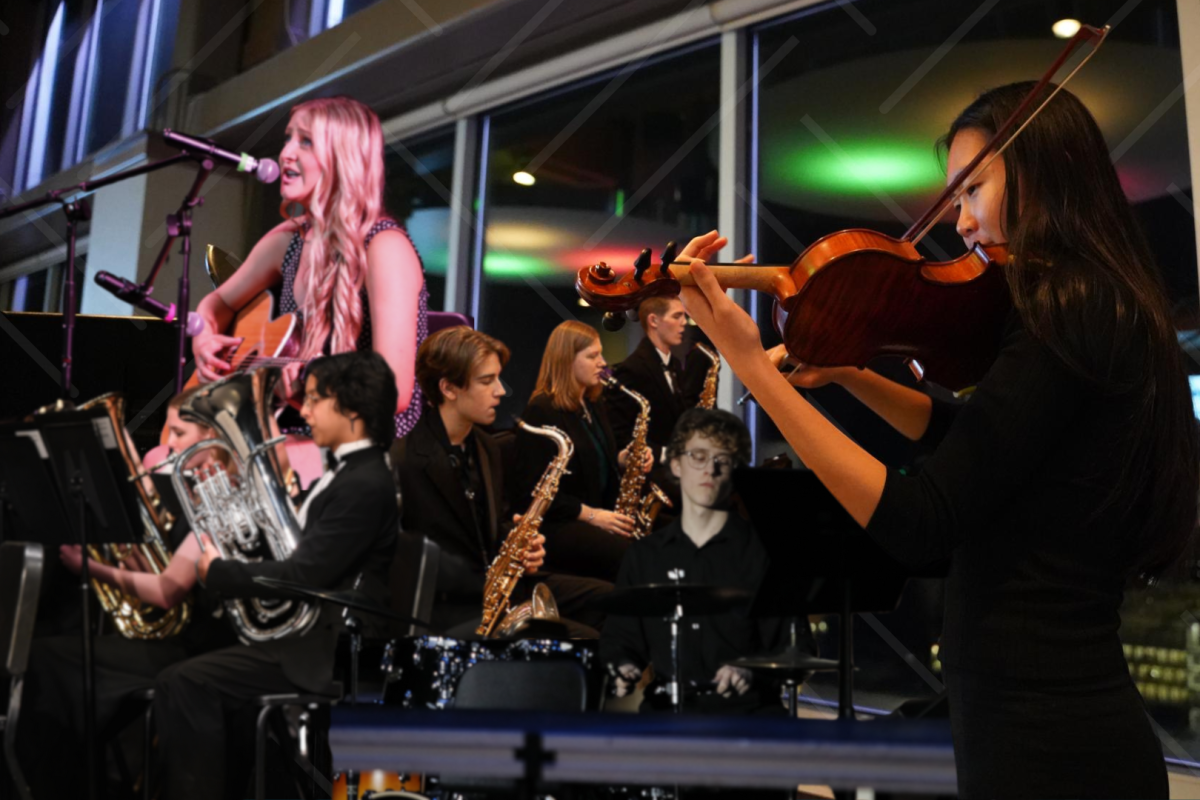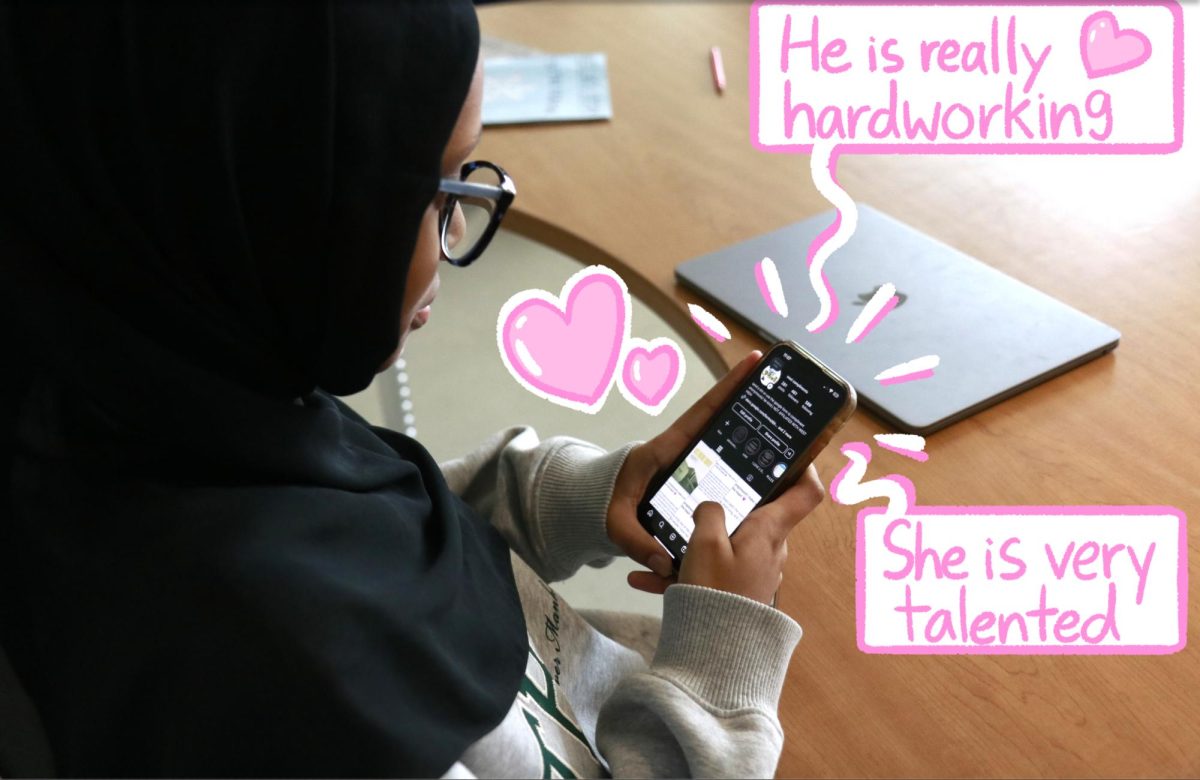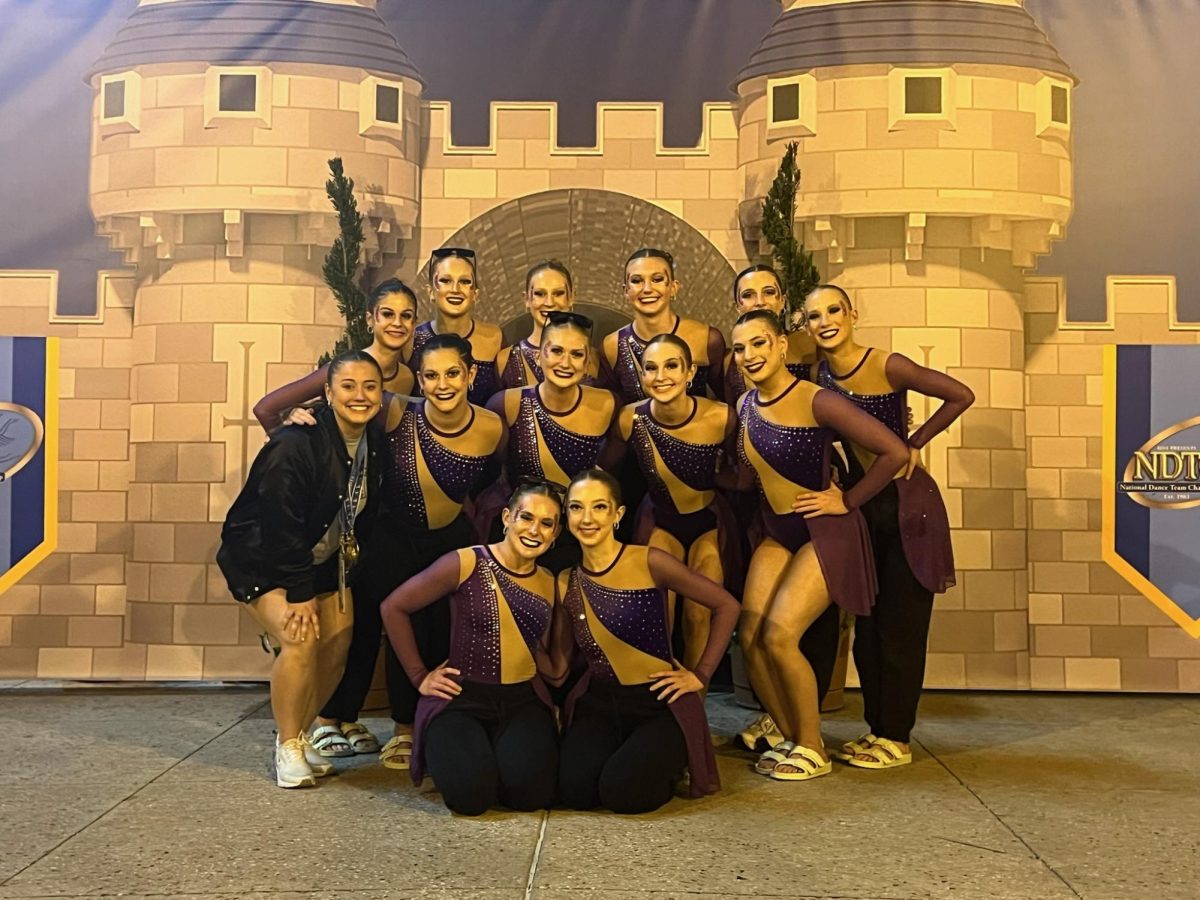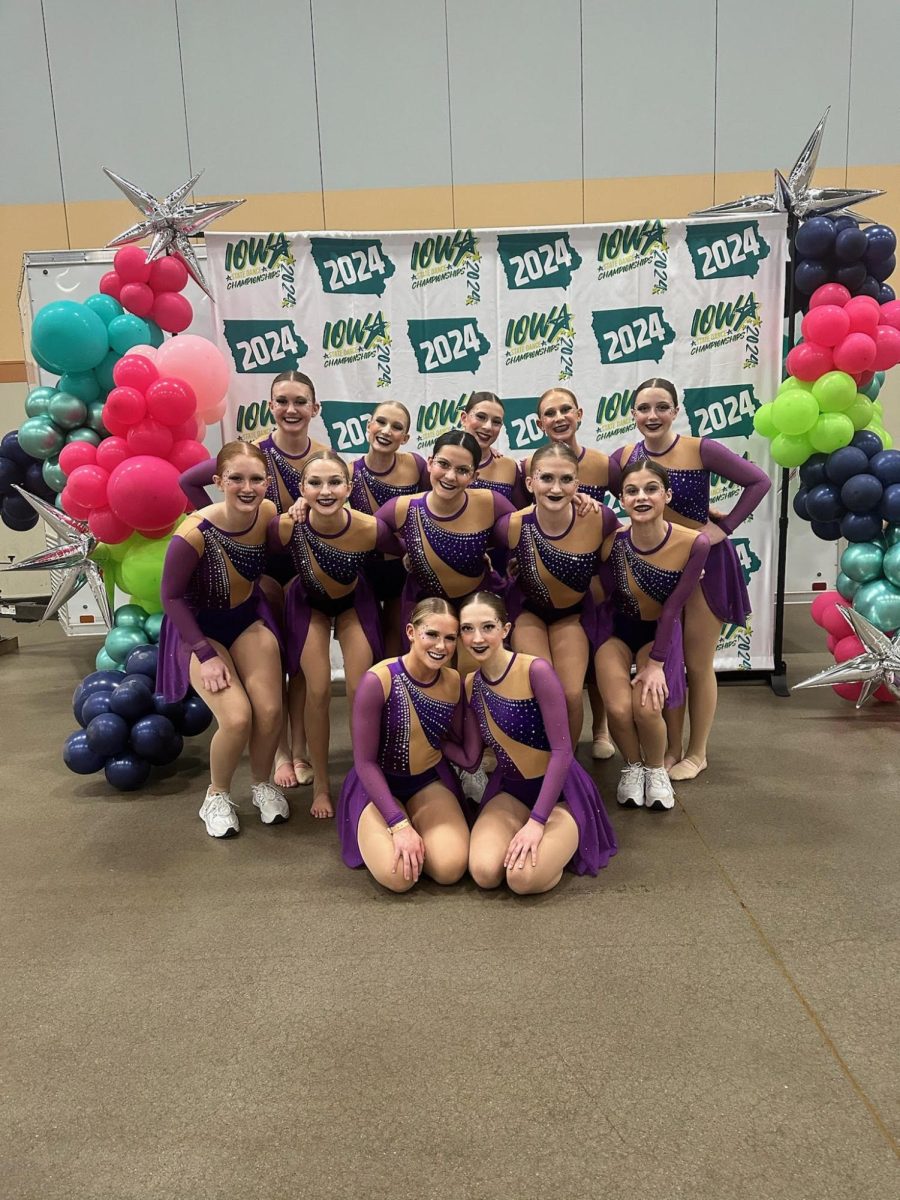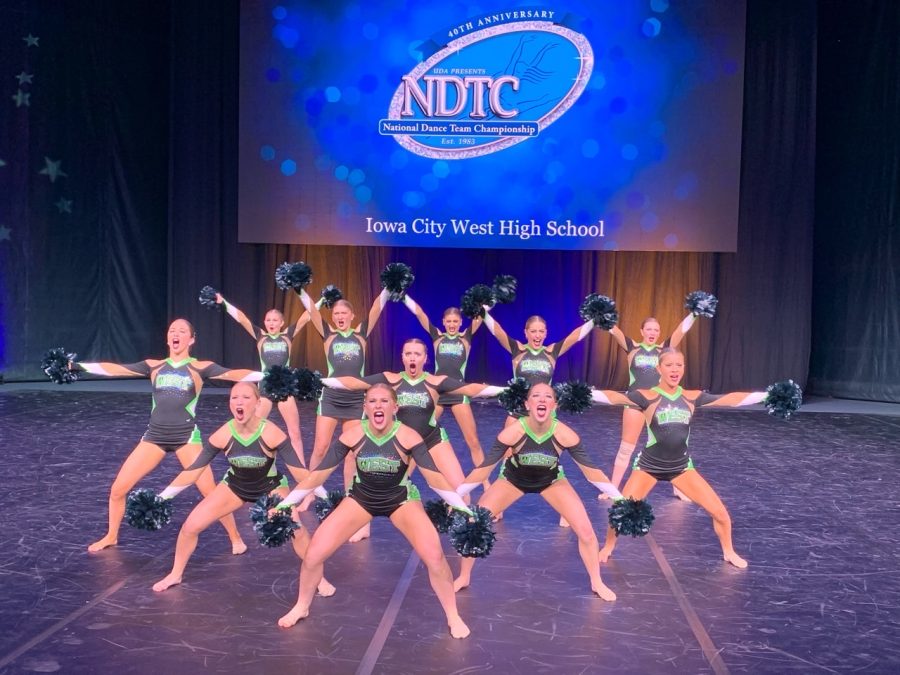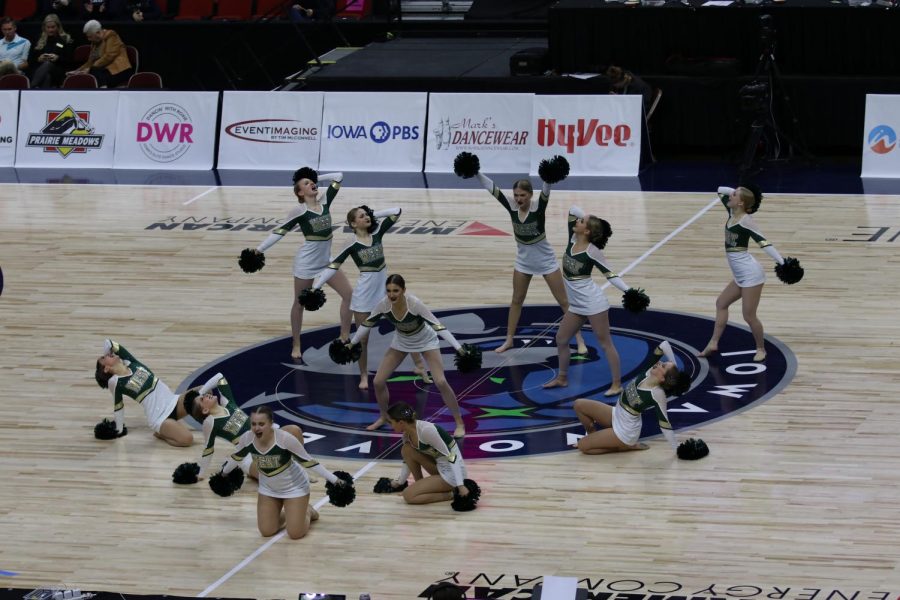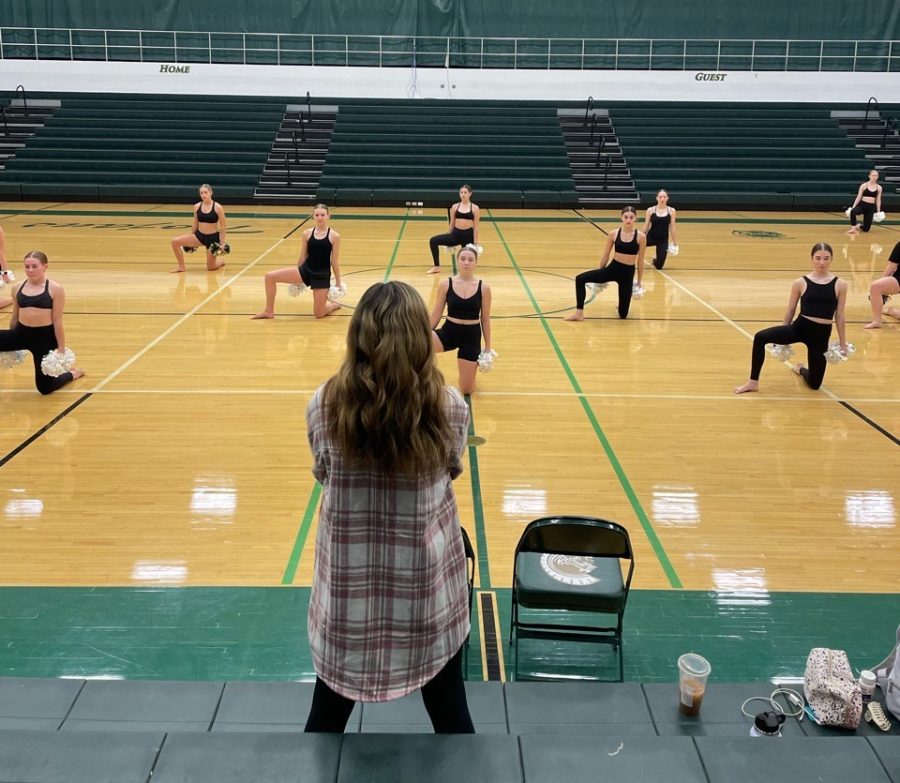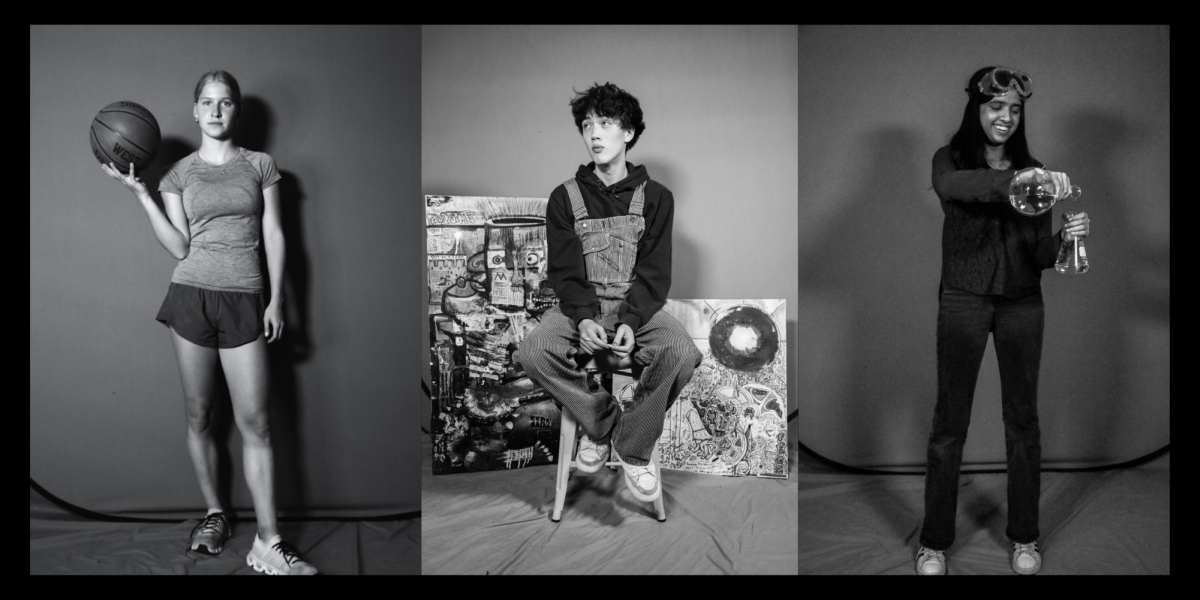“Shoulders down! Hips down! Suck in your stomach!” These commands are all too familiar to dancers in styles ranging from ballet to hip-hop. They reflect the beauty standard of the “ballet body”, a traditional, unrepresentative ideal of a dancer’s body, going beyond good turnout and flexibility.
An ideal “ballet body” is a body that is in peak athletic condition while simultaneously being as thin and lean as possible. Characteristics like a short torso and long limbs are ideal, and often, height is a deciding factor in your role onstage.
This idea has been synonymous with an increasing amount of dancers looking critically at themselves when it comes to their bodies. West High dance team members and studio competition dancers Kayla Cariens ’26 and Taylor Stevens ’24 are two of the many dancers who have experienced the negative effects of the looming “ballet body” idea. Both Cariens and Stevens explain that certain traditional elements of studio dance, such as mirror-covered walls, are part of the reason why many dancers struggle with their body image.
“Basically everything about dance is how you look, [and] you stare at yourself in the mirror in the studio,” Cariens said.
Stevens agrees that the mirrors influence the way dancers think about their bodies. She also explains that there was often a stereotype pushed onto her and her teammates growing up. However, the community of dancers around her was supportive.
“I think growing up there was a stereotype [about a dancer’s body], especially for ballet, that you had to be tall and lean. Growing up staring at yourself in a mirror can be a little mentally hard but our community is so supportive that you know, it’s fine.”
While these elements can be harmful to the way dancers see their body image, it can be hard to change tradition. Studio dance classes have carried on with mirrors and tight-fitting leotards, and the focus on fine-tuned technique and image can sometimes lead to comments about the way a dancer’s body looks. Cariens believes that aspects of this tradition should be changed but doesn’t quite know how.
“I feel like a lot of is traditional, [and] I feel like it should change, but I’m not sure how. I feel like it’s something that’s learned as you go through, so it’s hard to like reteach yourself [ideas that aren’t traditional].”
In comparison, Stevens believes that you don’t necessarily have to change the traditional aspects of studio dance, but there should be an emphasis on dancers understanding the importance of appreciating their bodies.
When both Stevens and Cariens entered the halls of West High for the first time and received a spot on the dance team, they got to experience a whole new dance environment. Mirrors turned into gym bleachers, and they got to focus more on their strength as dancers.
“I feel like it’s like not as bad on dance team because you don’t stare at yourself in the mirror, and I feel like it’s just a different environment. I feel like the school dance team just doesn’t make me feel pressure to look a certain way,” Cariens said. “Our coach doesn’t make us feel like we should be eating a certain way or tell us not to eat before competitions, and I feel like nobody really mentions how you should look.”
Although the dance team provides a new environment, it also poses new challenges when it comes to combating the “ballet body” stereotype. The high school setting can create a comparison between the body stereotypes each sport presents and can even create a comparison between teammates. Stevens explains that she compares herself to her teammates and to aspects of the ideal body image.
“I think I compare myself more to my teammates than I would for another sport,” Stevens said. “We struggle more like to love our bodies because it’s like ‘maybe she has longer legs, and I don’t, and I have a shorter torso’ and in the aspect of the way you dance it can seem like she’s better but I feel like every body is different and everyone dances differently.”
Cariens explains that a dancer’s environment plays a huge role in how they view their bodies both at the studio and in the West High gymnasium.
“I feel like [the way you view your body] just depends on the environment you’re in. It can be shaped by things your dance teachers or coaches say, and the things the dancers around you say. I know a lot of dancers will say ‘oh I’m so fat’ and ‘I look so whatever in this costume’ and that makes you think that if they think they’re fat then you must be too.” Cariens said.
The traditional “ballet body” image is still ingrained in the culture of dance today. Whether a dancer is at the studio practicing for a competition or in the West High gymnasium practicing for game night, a critical view of their body and how it compares to the standard body is likely in the back of a dancer’s mind. While a dancer’s image is important when it comes to the choreography, Cariens explains that separating the overall view of yourself and your view of your body is necessary.
“As long as you are able to perform and [do the moves correctly], I don’t think it should matter how your body looks,” Cariens said. “The way you look doesn’t define you. It doesn’t mean that you’re a good person, bad person, good dancer, or a bad dancer.”










